TECHNICAL STUDIES
Nautical Technical Studies
The TPN-USP executes the following nautical / marine studies:
Fast-Time / Real-Time Maneuvering Simulation
Nautical Layout Analysis
Vertical Motion Analysis and UKC Assessment
Mooring Analysis
Risk Analysis (in partnership with LabRisco - USP)
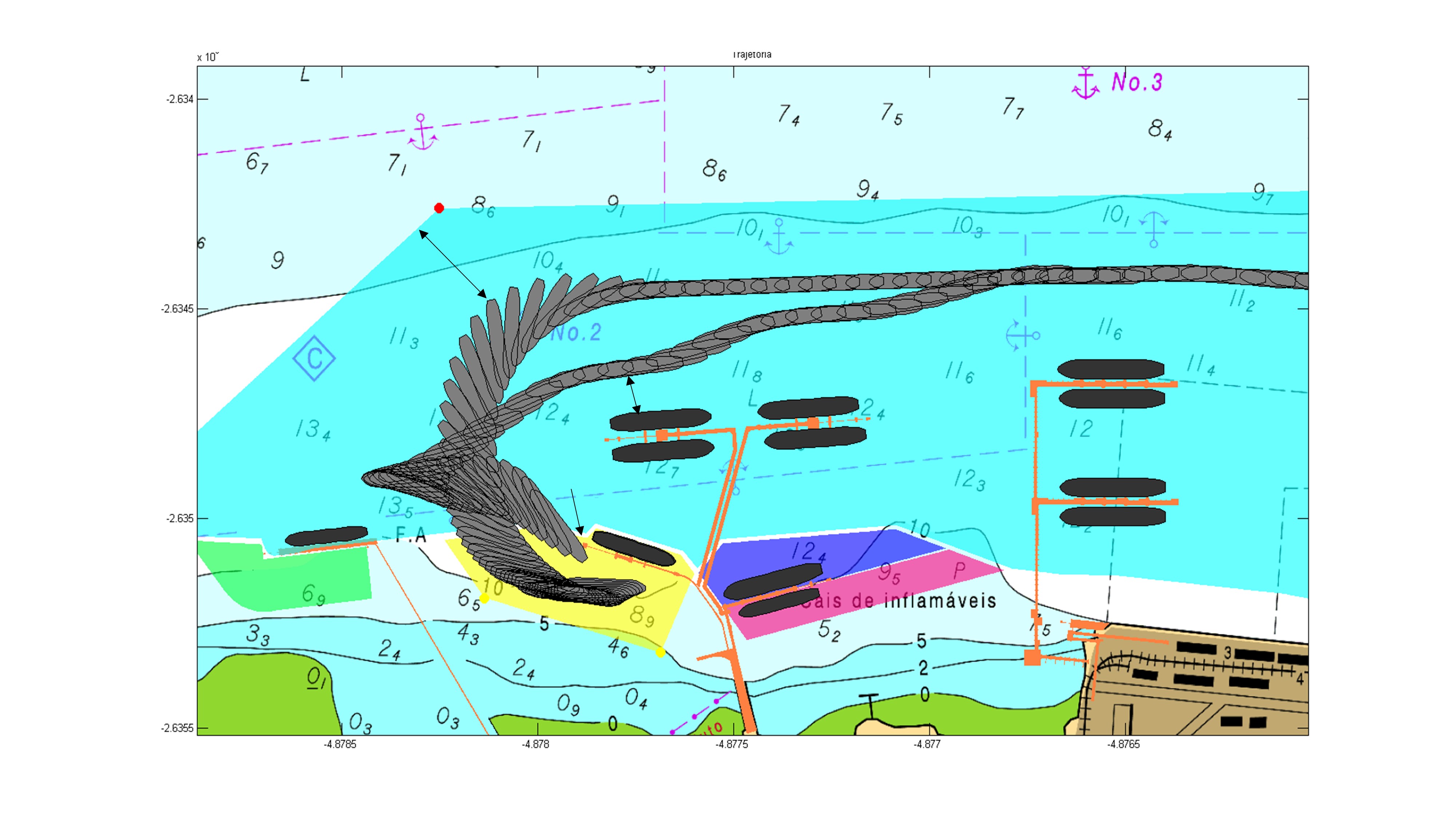
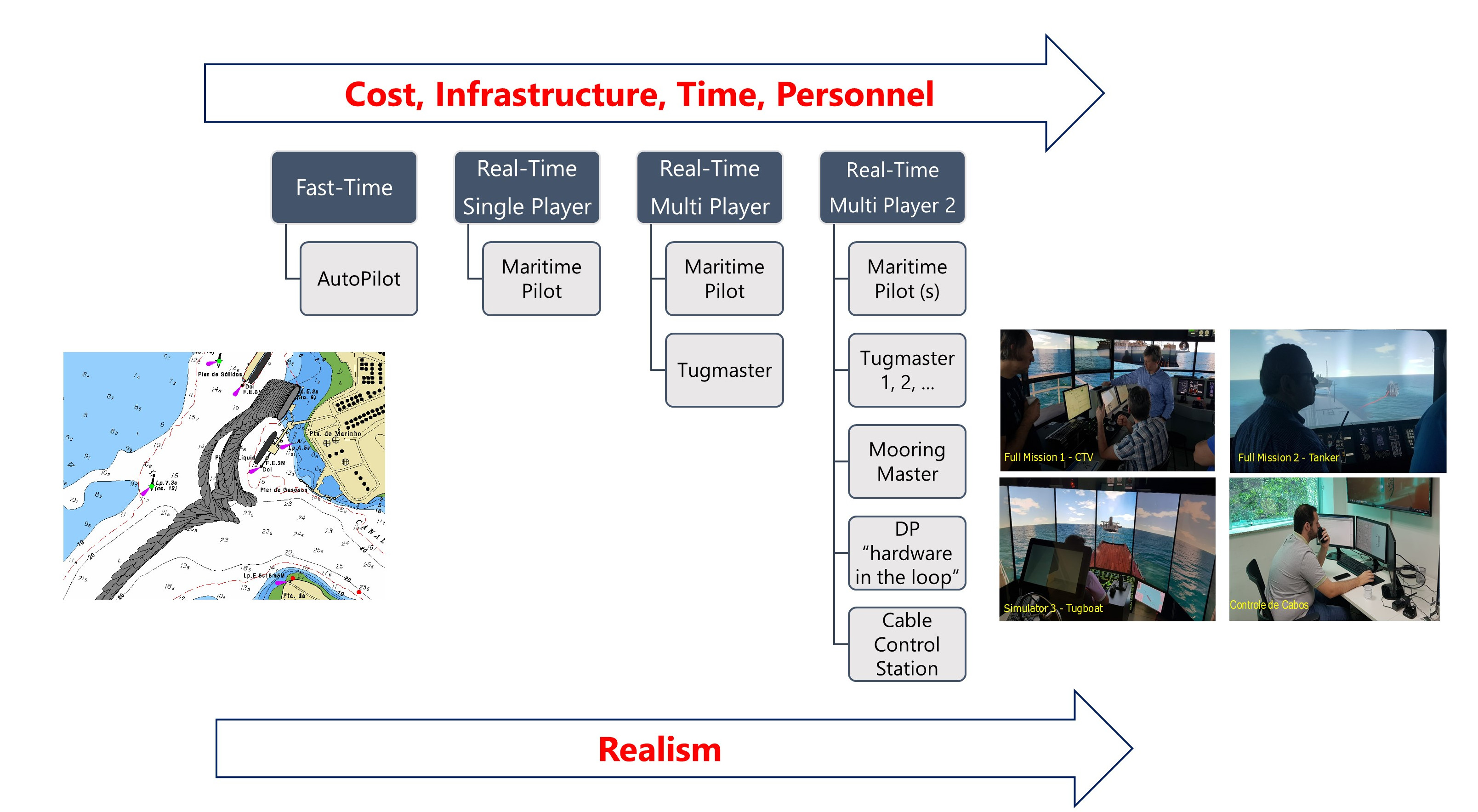
Maneuvering Simulations
TPN-USP can execute all levels of Maneuvering Simulations:
Fast-Time - Computer Controlled Maneuvers
Real Time (Single Player) - Pilot Controlled Maneuver, tugboats in vector tug mode
Real Time (Multi Player) - Pilot Controlled Maneuver, one manned tugboat and the others in vector tug mode
Real Time (Multi Player 2) - Pilot / Captain Controlled Maneuver, more than one manned tugboat, Mooring Master and Cable Control, DP Hardware in the loop
TPN-USP simulation procedures attend the recommendations from PIANC 2014 (Approach Channels - a Guide for Design) and IALA 1058 Guideline (The use of simulation as a tool for waterway design and AtoN planning).
Fast-Time Maneuvering Simulations
Auto-pilots algorithms represent the behavior of the pilot, controlling the ship and tugs.
Local pilots take part in the initial meeting, defining the maneuvering procedure that the control algorithm must mimic.
The maneuvers run in an accelerated mode. A large number of runs is possible.
The ship tracks' statistical analysis can define the optimal layout of the maneuvering area or the limiting conditions.
Ideal for the initial stages of the port design, layout selection and optimization, assessment of critical conditions.
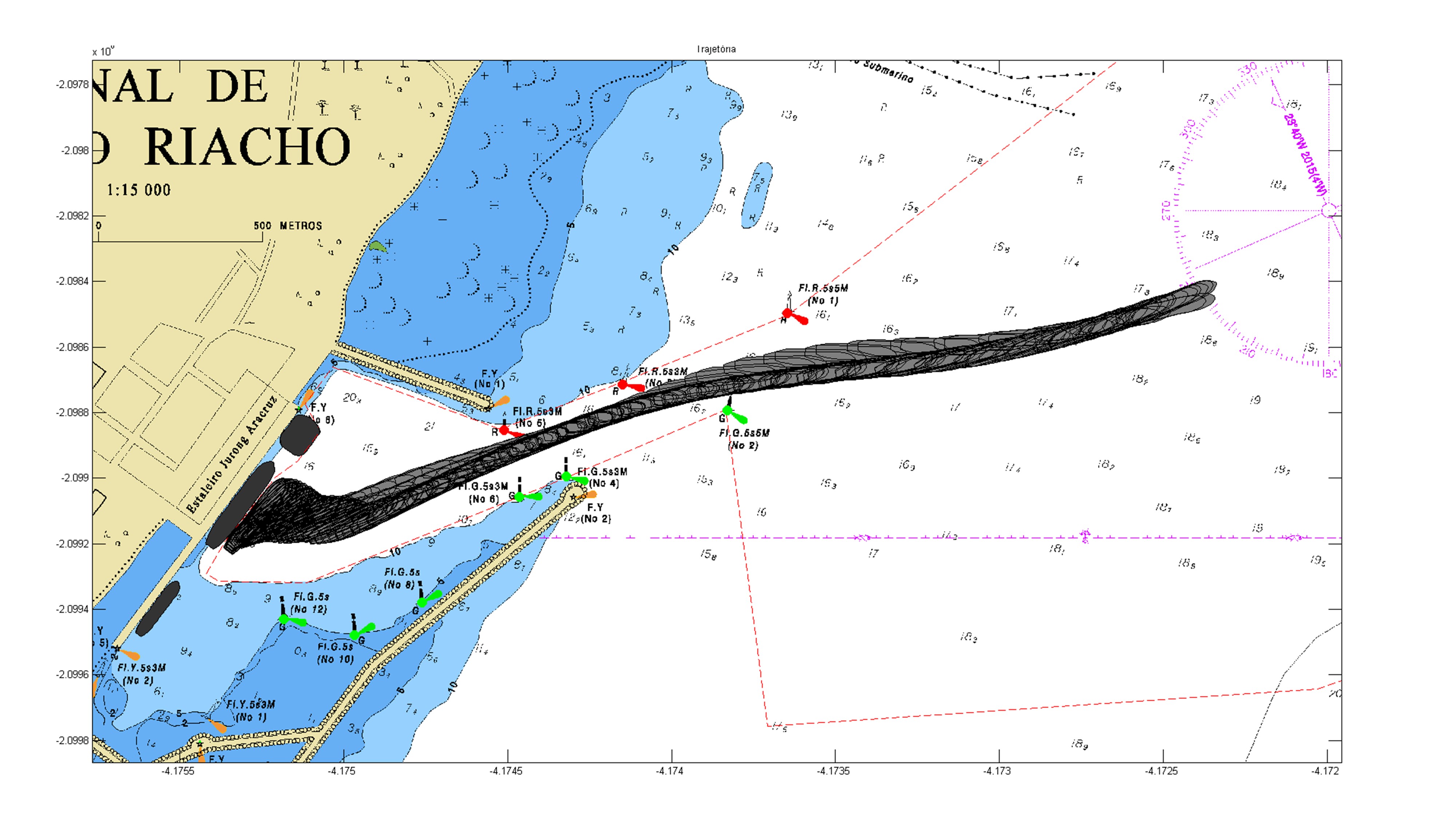
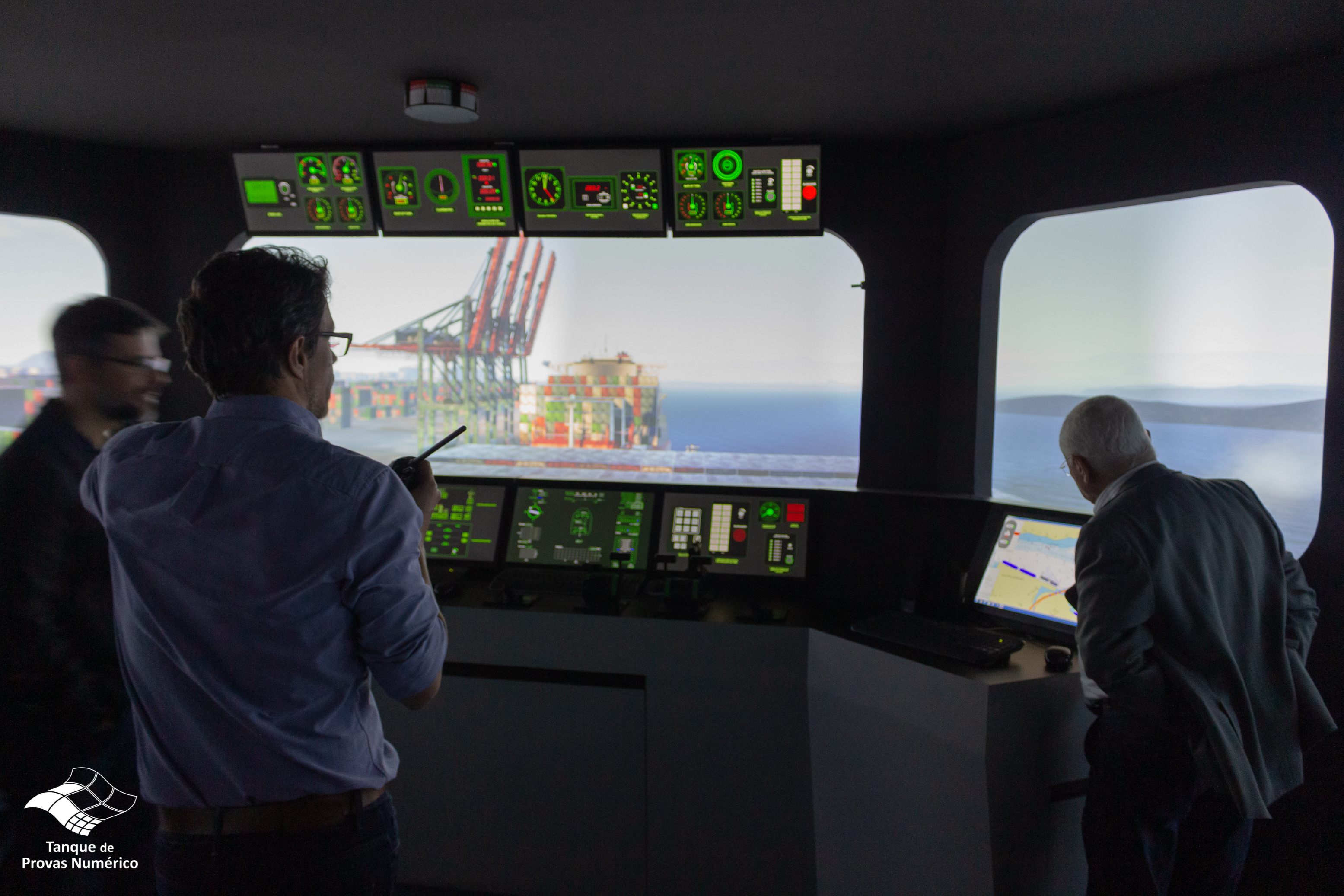
Real-Time Maneuvering Simulations
Local pilots control the maneuver in a full-mission simulator.
Briefing / Debriefing discussions allow risk assessment and the evaluation of nautical aspects.
Tugboats controlled by the simulator operator, with a vector tug model. The support of a local tugmaster is desirable, to give information about the particularities of the area and tugboats.
Approximately 8~10 runs per day.
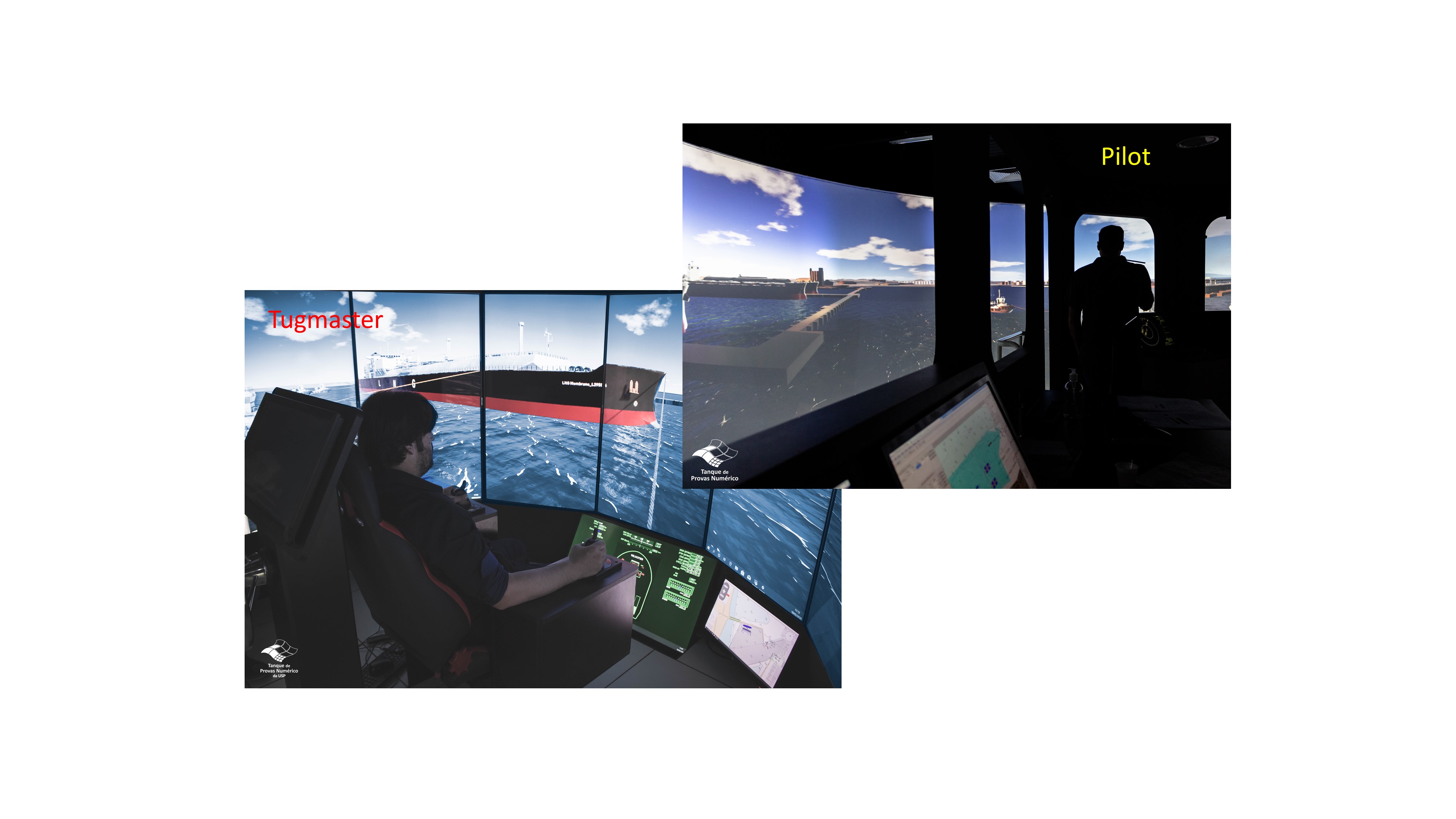
Real-Time Multi Player Maneuvering Simulations
Local pilots control the maneuver in a full-mission simulator.
The most critical tug is controlled by a tugmaster, in a tug station.
The communication between Pilot and Tugmaster, and the difficulties associated with the tugboat control, can be better assessed.
New towing techniques can be tested (indirect towing, transverse arrest, tandem mode).
Approximately 8 runs per day.
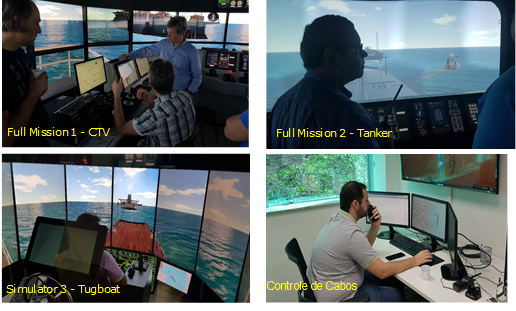
Real-Time Multi Player Maneuvering Simulations (2)
Highest level of realism, with multiple vessels / tugboats controlled by the human operators
Pilot / Captain Controlled Maneuver, up to 4 manned tugboats, Mooring Master and Cable Control (in case of STS), DP Hardware in the loop (in caso of DP operation)
Ideal for Offshore multiple vessels operations, anchored or underway STS underway
Approximately 6 runs per day.
Nautical Layout Analysis
Conceptual Analysis based on technical references: PIANC 2014 (Approach Channels - a Guide for Design) , ROM, IALA, Tug Use in Ports, etc.
The following aspects of navigation area can be evaluated: Channel width/depth, Bend radius, Stopping area, Harbour Entrance, Turning Basin diameter, Position/Size of Anchorage areas, Berth layout, Distance of moored vessels, etc.
Used in the initial stages of the port design, layout selection and optimization. Can be integrated with Fast-Time Maneuvering Simulations.
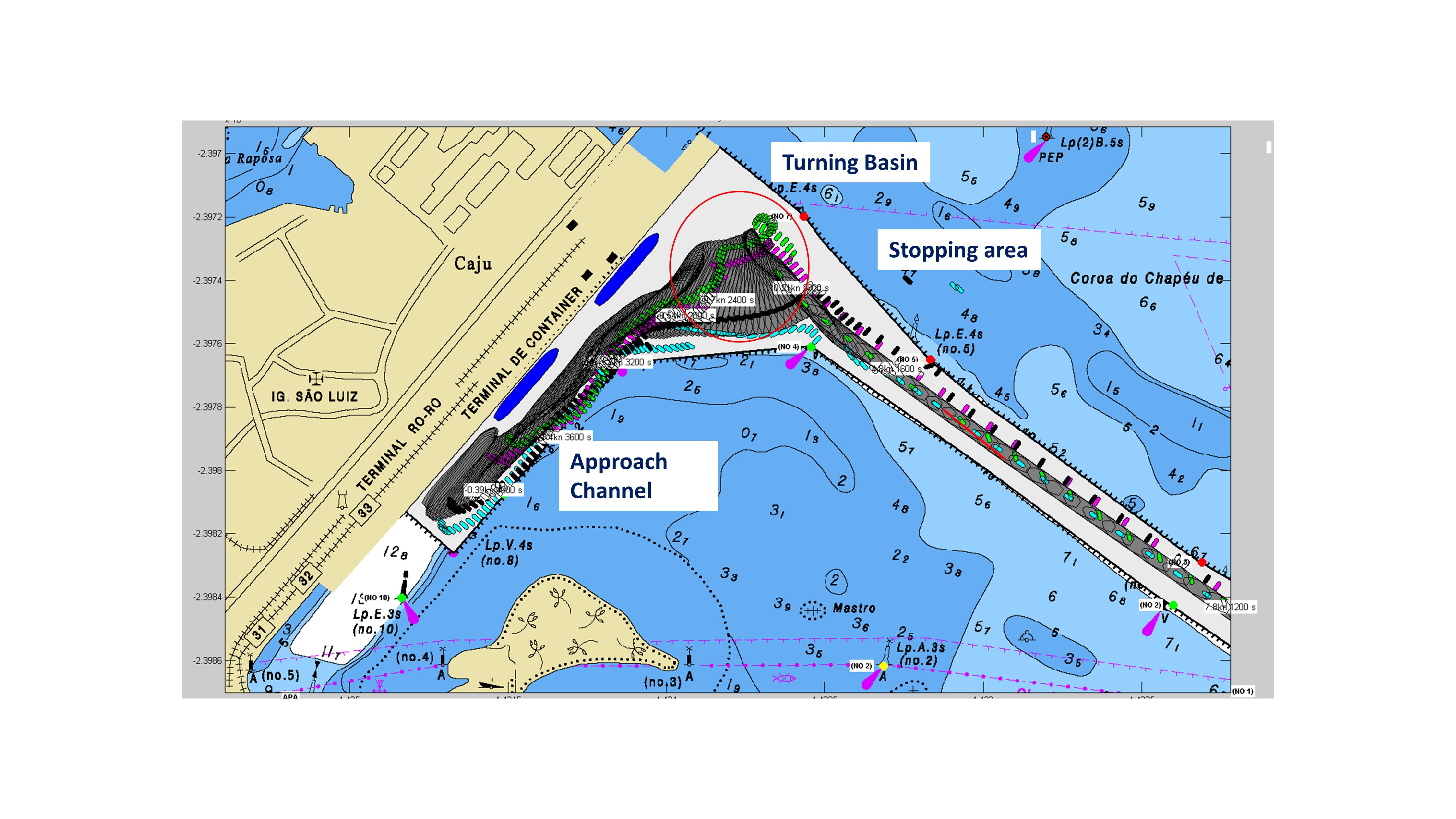
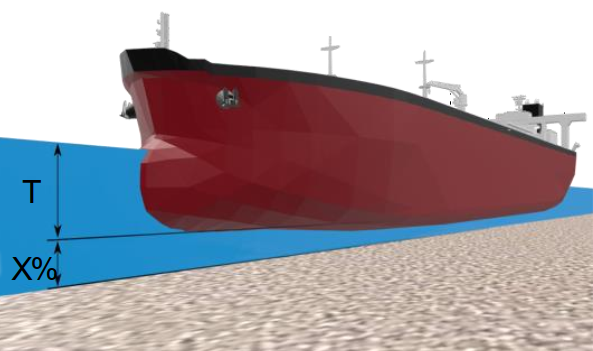
Vertical Motion Analysis and UKC Assessment
State of the art mathematical models for detailed UKC analysis considering:
Squat and Ship Speed
Wind Heeling / Dynamic Heeling
Ship Wave Response and Wave Propagation in Shallow/Sheltered areas
The vertical motion analysis considers Ship, Water and Bottom related factors, following PIANC (2014). The outcomes of the study are Minimum depth / Maximum draft for safe navigation, Tide Window / Downtime for tide-dependent channels, Dredging costs, etc.
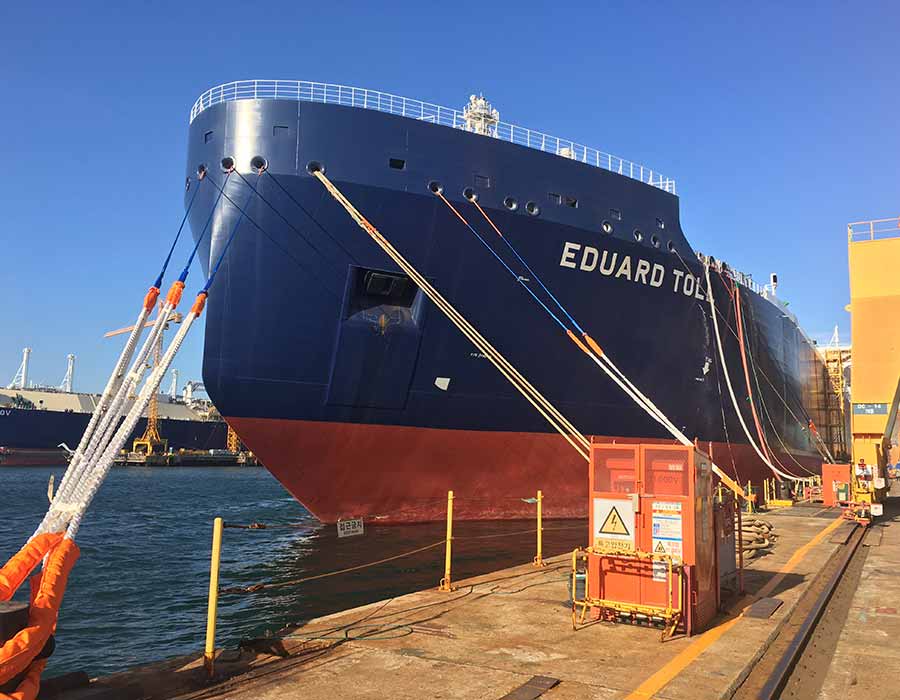
Mooring Analysis
TPN-USP uses in-house code or commercial packages to execute Dynamic or Static Mooring Analysis on the various situations: Single vessels at berth, Ship-to-ship underway, at berth or at anchor
The analysis considers complex hydrodynamic effects, such as Wave Motions, Breakwater, Passing Ships and Ship-to-Ship Interaction, validated by experiments in the TPN-USP Wave Tank.
The study is used to assess the Maximum loads in the cables, bollards, and fenders, to Optimize/Design the berth and mooring equipment, to Estimate the limiting operational conditions and to Maximize the use of an existing berth (increase the ship size).
